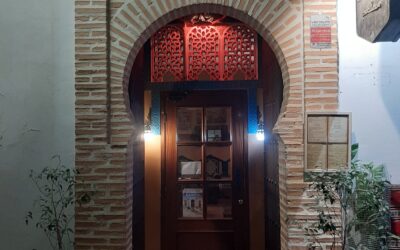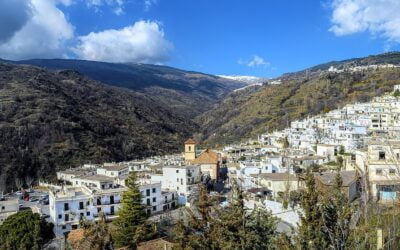The Great Mosque of Córdoba
The Great Mosque of Córdoba
- Historians believe that there had first been a temple to the Roman god, Janus, on this site. The temple was converted into a church by invading Visigoths who seized Córdoba in 572. The Great Mosque was constructed in 785 on the orders of Abd al-Rahman I, founder of the Islamic Emirate and later Caliphate of Córdoba. It was expanded multiple times afterwards under Abd ar-Rahman’s successors up to the late 10th century. Among the most notable additions, Abd al-Rahman III added a minaret (finished in 958) and his son al-Hakam II added a richly-decorated new mihrab and maqsurah section (finished in 971). The mosque was converted to a cathedral in 1236 when Córdoba was captured by the Christian forces of Castile during the Reconquista. The structure itself underwent only minor modifications until a major building project in the 16th century inserted a new Renaissance cathedral nave and transept into the center of the building. The former minaret, which had been converted to a bell tower, was also significantly remodelled around this time. Starting in the 19th century, modern restorations have in turn led to the recovery and study of some of the building’s Islamic-era elements. Today, the building continues to serve as the city’s cathedral and Mass is celebrated therein daily.
- The Musjid structure is an important monument in the history of Islamic architecture and was highly influential on the subsequent “Moorish” architecture of the western Mediterranean regions of the Muslim world. It is also one of Spain’s major historic monuments and tourist attractions, as well as a UNESCO World Heritage Site since 1984.




